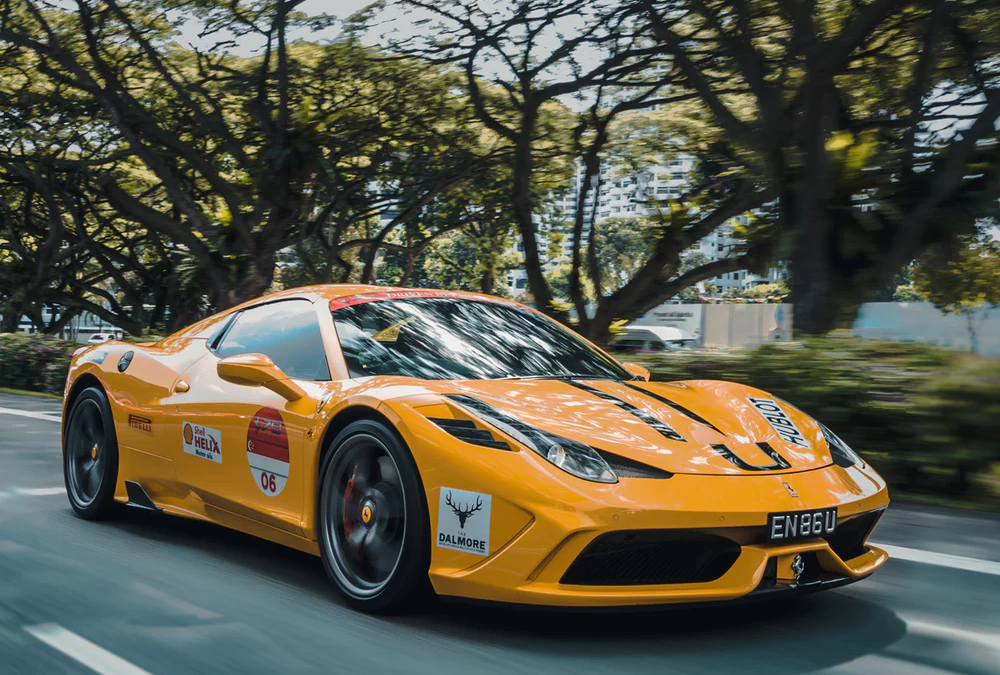Summary. Explore how 3D scanning cars has revolutionised the automotive sector, where the complex landscape of car models demands efficiency and adaptability. Learn how 3D scanning technology empowers car manufacturers, from simulating production line changes to reverse engineering and innovative design, shaping the future of car manufacturing.
The variety of car models available today is huge. In the UK alone, there are over 3,000 companies involved in the automotive sector. Back in 1950, Volkswagen produced just two models of car – the Beetle and the Transporter. But today, we live during a time when there is a focus on frequent model changes. In addition, smaller volumes of cars is the leading strategy of car companies. And to do this successfully, they need 3D scanning.
Read more about our 3D scanning work in the automotive sector and how we helped Roger Clark Motorsport over the finish line in 2018!
The future of car manufacturing
With numerous models emerging, automakers are exploring new ways to produce a wide range of vehicles efficiently and affordably. A car factory with one production line, able to manufacture multiple models, is likely what this future will look like in the automotive industry. It would make production more flexible, with more robots, and higher levels of digitisation.
3D models for production lines
Computer scientists can send a 3D scanner through the production line during live operation. The data gathered can then be used to generate 3D images of said production line. After that, using this model, car manufacturers can simulate changes that would allow them to produce a new model of car.
This process isn’t fast. It takes around a month in total. But, the advantage is that 3D modelling is an accurate way to analyse the production line. Whereas, construction plans, if they are available, are usually outdated as small changes are constantly being made. 3D scanning also allows them to access hard-to-reach areas of the cars. At the end of the process, it’s easier to see where changes need to be made. For example, if ceilings need converting to prevent collisions during production or if machinery needs moving. It’s not only easier, but also less expensive to test this virtually rather than in real life.
Reverse engineering
While most of the focus in automotive is on brand new models, 3D scanning also comes with huge benefits to lovers of classic cars. These cars can be over 100 years old and, before 3D printing, finding parts to replace old ones was impossible. With 3D scanning, you can scan the old part and use the data to reverse engineer a brand new one that fits the dimensions perfectly.
Design
3D scanning has also provided a cost-effective way to use existing car shapes to influence new designs. A 3D model of a car can then be adapted and changed to produce a new design, altering some of the features. An example of this is the Polish supercar project, Arrinera Hussarya.
During this project, the team used a professional SMARTTECH 3D scanner to get geometric information about the car parts. They designed and manufactured a sports clutch, which is subject to different pressures than a normal clutch. They did this by using the design of an existing clutch on the market then redesigning it in CAD software to fit their new vehicle.
3D scanning is a fast-developing technology that is already influencing the automotive world. The technology will continue to advance and its impact is likely to be felt throughout more of society.
At Central Scanning, we complete 3D scanning in a range of industries including automotive, aerospace, energy, medical, and product production. For more information about our services, give us a call on 01527 558 282. Alternatively, if you found this blog useful, you may wish to read a previous one: HOW YOU COULD BENEFIT FROM USING 3D SCANNERS







